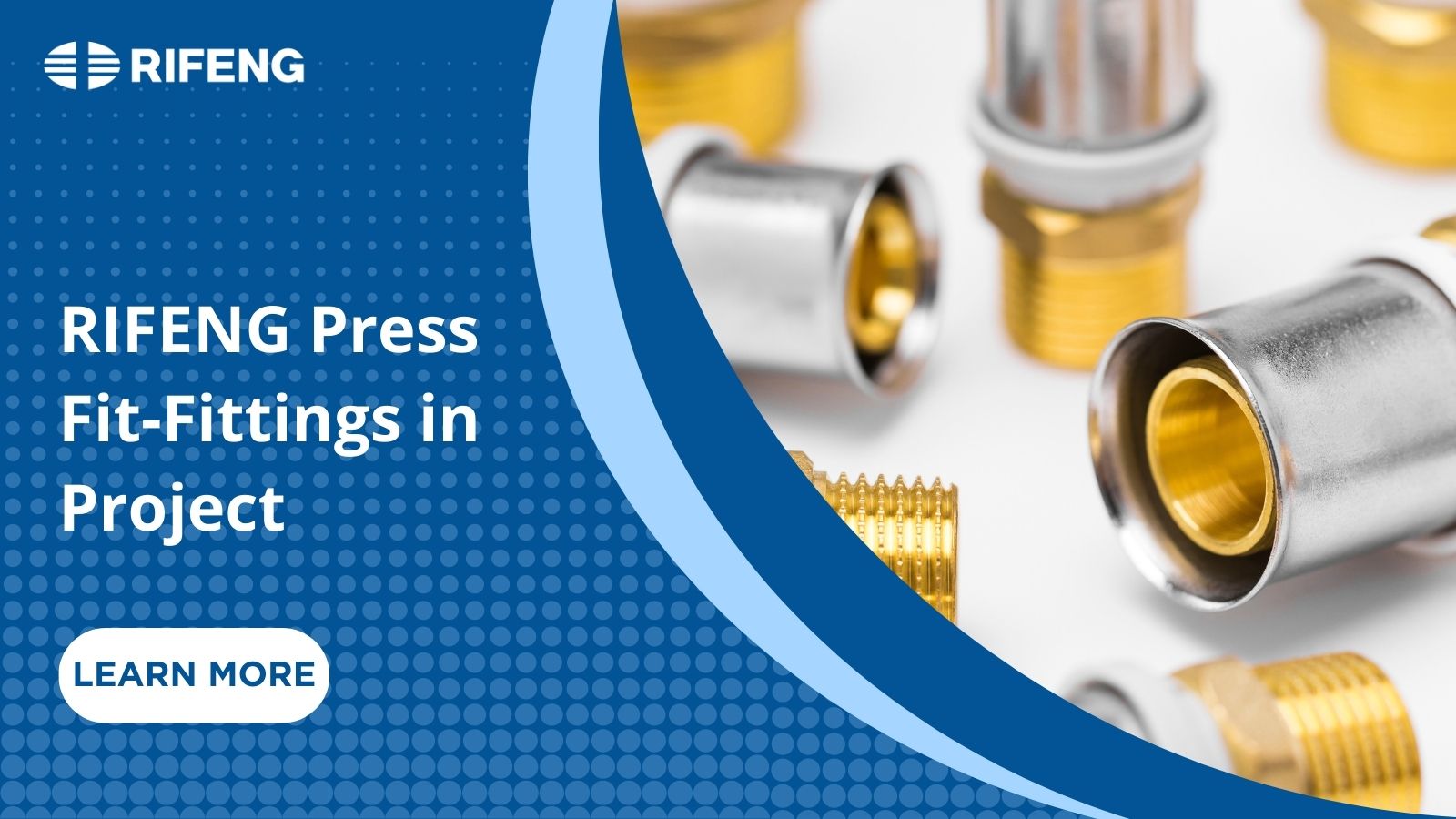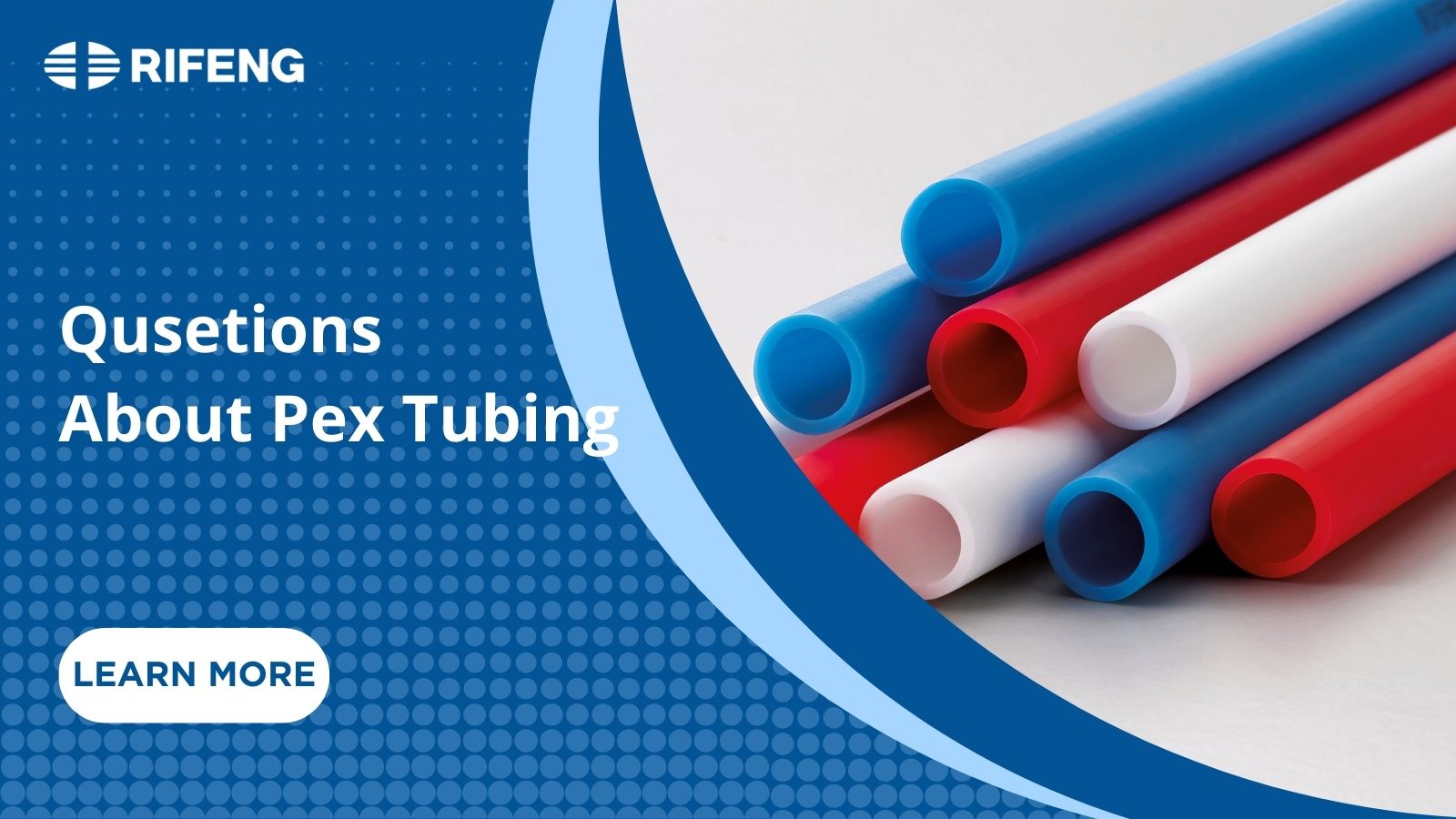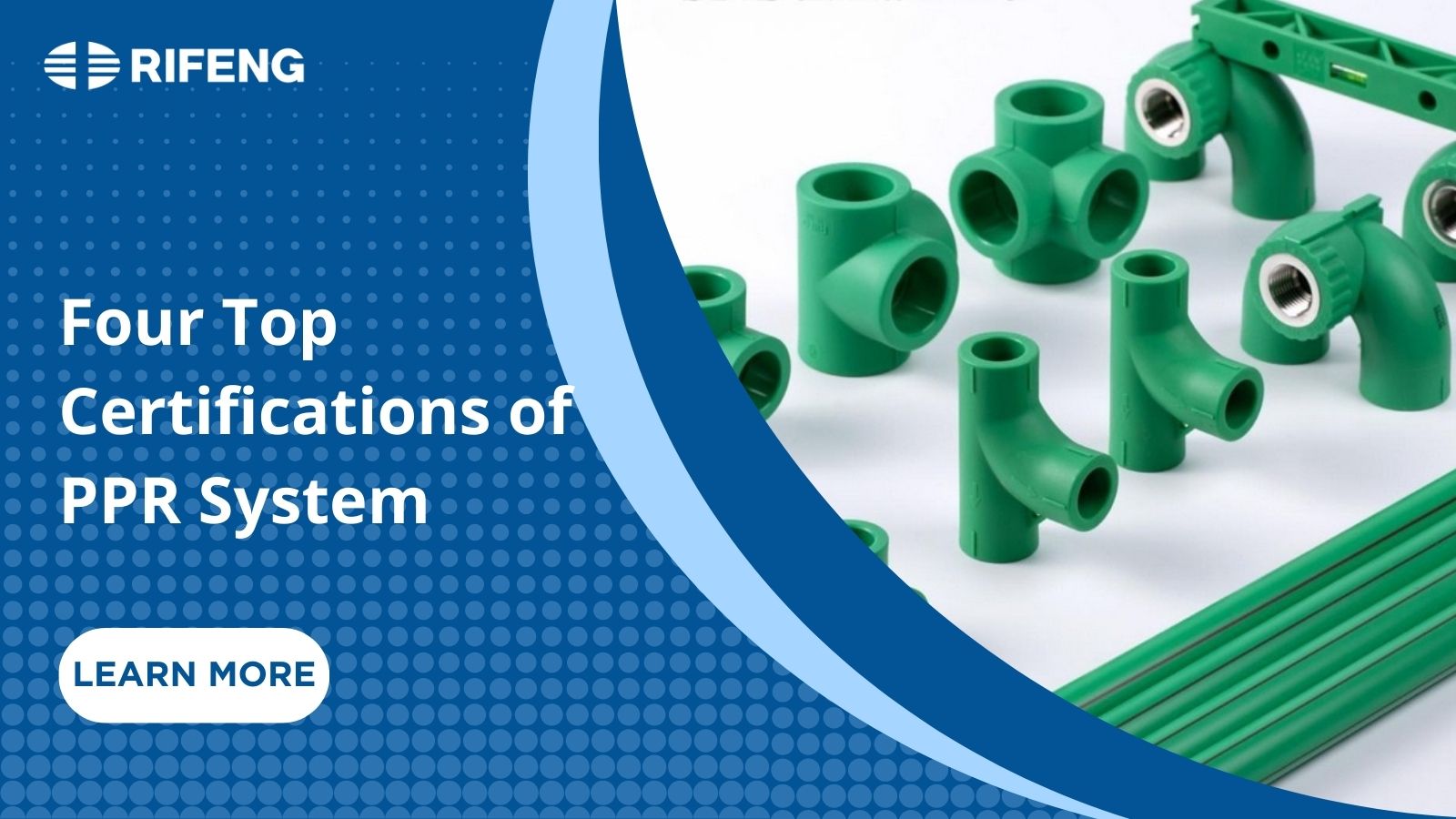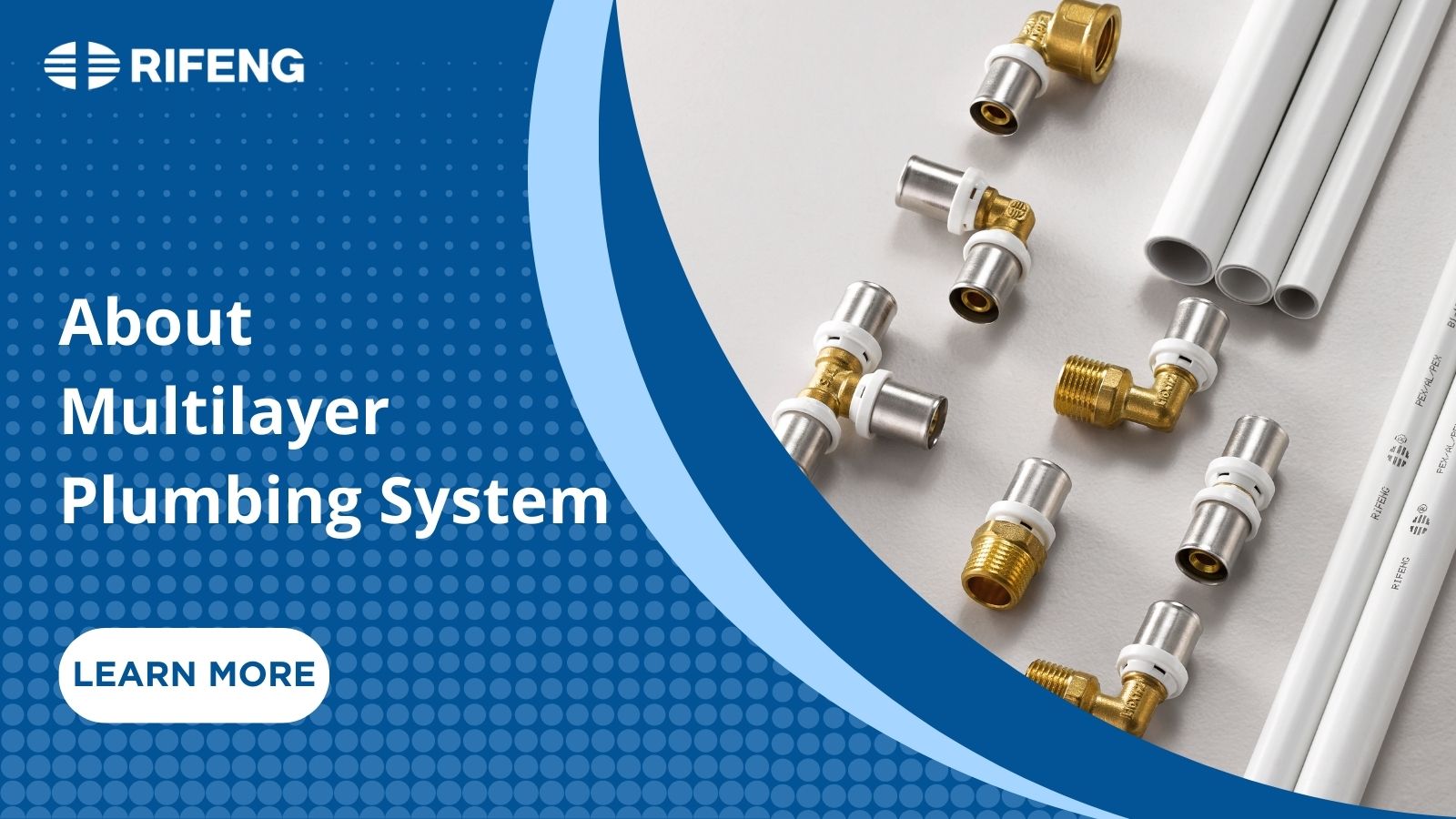Three Quick Questions about HDPE Pipe
Three Quick Questions about HDPE Pipe
Introduction
HDPE pipe, also known as polyethylene pipe, is a type of pipe that's also widely used in urban construction engineering. We've all heard of this tubing, but we've never seen it. Then just don't miss this article, three quick questions about HDPE pipe:
- What is hdpe pipe
- How is hdpe pipe most commonly joined
- How much does hdpe pipe cost
Once you've finished, please contact us if you need any additional information or want to talk about your company's specific HDPE needs. Take a look!
# Question One: What is hdpe pipe
HDPE pipe is a thermoplastic polyethylene pipe made of high-density polyethylene. This material gives the pipes some unique characteristics that result in benefits, and these benefits have contributed to the popularity of polyethylene pipes.
HDPE piping is flexible, but that does not imply that it lacks strength or performance. HDPE is widely known for its outstanding water, chemical, and impact resistance, among other qualities that combine to make it a top material choice for a variety of applications, including heavy-duty piping.

#Question Two: How is hdpe pipe most commonly joined
For many years, the standard way of fusing HDPE pipe has been welding. There are several ways in which this can be done: Butt fusion, Hot melt socket and Electrofusion link. And Butt welding is the most common method.
Simple steps on Butt welding:
#01 Preparation
Connect the heating plate, milling cutter, and frame to the host in the appropriate order.
Turn on the host and the switch, then turn on the temperature control switch, check the temperature controller, and use the joystick to confirm that the equipment is running normally.
#02 Fixed tube
Ascertain that the pipes at both ends are on the same horizontal line, and calculate the heat absorption, cooling time, and welding pressure. Then alleviate the pressure to the calculated welding pressure.
#03 Cutting
Insert the milling cutter into the frame, activate the milling cutter switch to close the pipe, and when continuous cutting occurs, withdraw the milling cutter.
#04 Heating & Endothermic
1. Place the heating plate on the rack with the temperature set at 220°C (±5℃) to begin heating.
2. The terminal face of the pipe begins to absorb heat when the pressure is reduced to 0 (heat absorption time: 10x wall thickness (seconds).
#05 Pressurized docking & Cooling timing
1. Take away the heating plate, push the forward rod, butt the pipe
2. Complete the flanging and time to cool down (cooling time: 1.2×wall thickness (minutes))

#Question Three: How much does hdpe pipe cost
système de tuyauterie PP-R de RIFENG est fabriqué à partir d'un copolymère aléatoire de polypropylène de la plus haute qualité et de la formule scientifique la plus récente, ce qui garantit à tous les utilisateurs une eau potable sûre. Il peut être utilisé dans les structures résidentielles et commerciales.
Depuis plus de 20 ans, RIFENG s'est engagé à fournir une gamme de tubes et de raccords PP-R conformes à la norme ISO15874 et certifiés par DVGW et NSF.
En outre, RIFENG a introduit sa série PP-R à débit massique, offrant aux clients du monde entier une expérience de plomberie plus hygiénique et plus sûre.
Convaincu que l'innovation est la clé pour aller au-delà de l'ordinaire, RIFENG a fondé un laboratoire de classe mondiale reconnu et certifié par la CNAS. Plus de 600 talents en matière d'innovation n'ont pas ménagé leurs efforts pour repousser les limites de l'industrie, obtenant 923 brevets et 20 prix technologiques.
Cette passion pour l'innovation s'est parfaitement traduite par des produits de haute qualité et des services exceptionnels. Nous nous efforçons d'offrir des solutions de tuyauterie idéales à tout le monde. prices of HDPE pipes depend on weight, length, diameter, manufacturer, and retailer. HDPE water pipes are an affordable option for homeowners looking to replace their plumbing system. Costs vary from supplier to supplier, and depend on diameter and length. When calculating the price for HDPE water pipes, remember that costs are usually provided per foot, and that diameter can range from half an inch to 63 inches. Larger and thicker HDPE pipes are obviously more expensive than smaller, thinner ones.
RIFENG Price list for your reference:

HDPE pipe for underground water supply
Water lines are essential in assuring you have adequate water in your home. But maybe you want to run water to a shed, garden area, or barn. Although there are many options for underground water pipes, HDPE pipes are generally the best choices for an underground water line.
Why? As we know HDPE pipe it preserves the general properties of the fluids passing through it, it can be easily used in drinking water systems as it does not hold moss on its inner surfaces. Due to its chemical properties, it has high resistance to chemicals. Laying on sloping lands and taking shape according to the slope is very simple because of its flexibility.
Reliable HDPE pipe manufactures
RIFENG HDPE Piping System is a new plastic pipe material mainly made of high-quality polyethylene resin. It is widely used in municipal water supply, agricultural irrigation, wastewater discharging, etc.
Advantage of HDPE pipe:
- Non-toxic and non-scaling premium grade material (PE100)
- High corrosion and erosion resistance for added durability
- Smoother inner wall versus cement and steel pipes for faster and consistent water flow
- Reliable and easy connection process using socket, butt, and electro fusion welding for quick installation
- Ideal plumbing material for installation and rehabilitation of plumbing systems with trenchless applications
- Flexible material ideal for application with ground movement such as earthquake, railroad vibration, and alike
- Better tensile yield strain rating (+8%) than metal pipes
Conclusion:
We cover the three most frequent questions about HDPE pipe in this article.
- What is hdpe pipe
- How is hdpe pipe most commonly joined
- How much does hdpe pipe cost
Hope this article will help you comprehend and get more familiar with HDPE pipes. We have rich experience and mature production technology, which can meet the supply needs of various pipes. Welcome to contact RIFENG to learn more.






